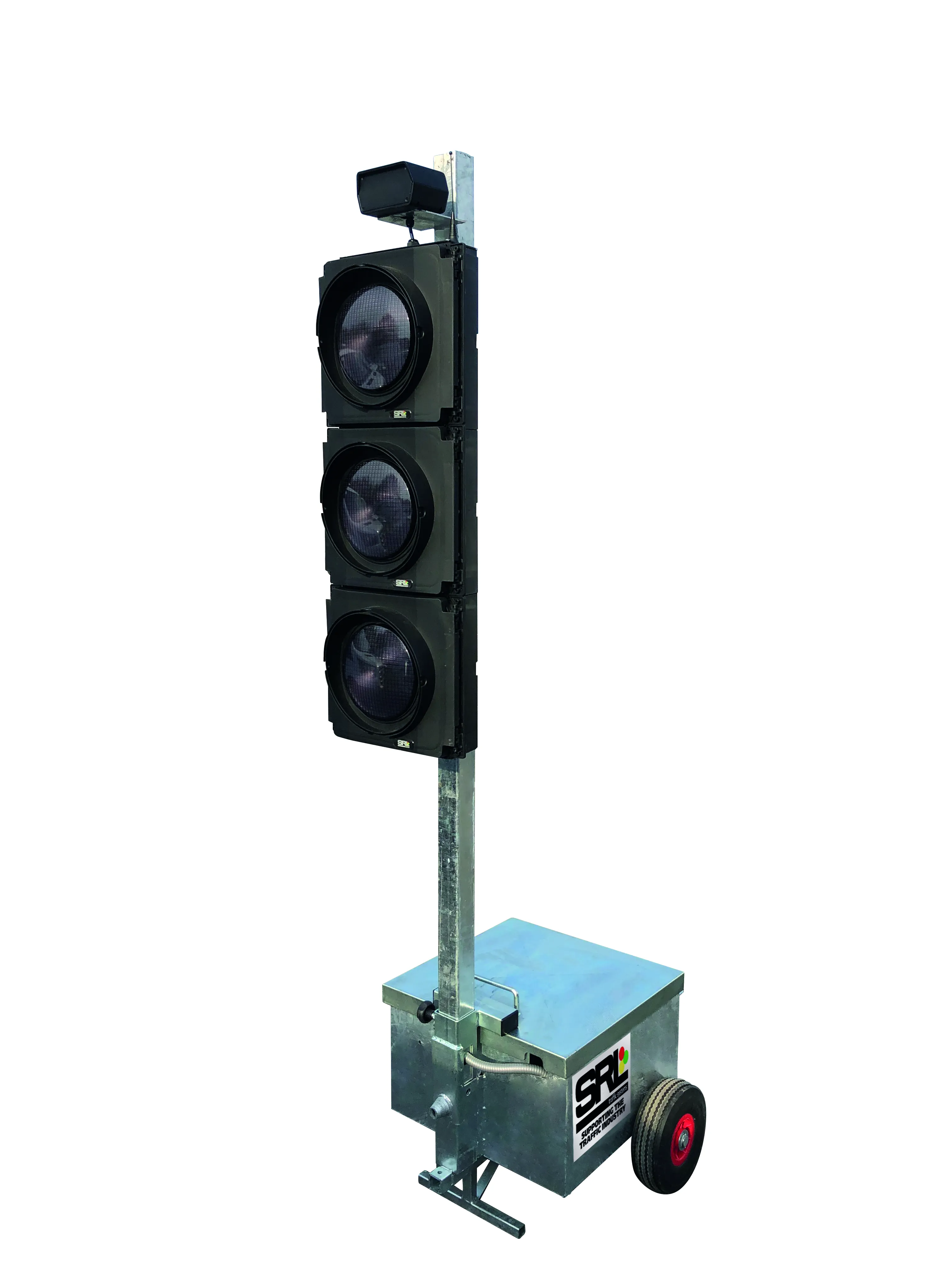In an effort to reduce traffic congestion in Sweden, Blip Systems and Peek Traffic Sweden have teamed up in a deal that combines Blip Systems’ BlipTrack wireless solutions with Peek Traffic’s experience. BlipTrack uses roadside sensors to track Bluetooth and wi-fi enabled devices in passing vehicles to measure traffic queues and calculate travel times, enabling traffic managers to collect real time traffic data to use for optimising traffic flow, signal optimisation and road planning
May 15, 2013
Read time: 2 mins
In an effort to reduce traffic congestion in Sweden, 3778 Blip Systems and 7378 Peek traffic sweden have teamed up in a deal that combines Blip Systems’ BlipTrack wireless solutions with Peek Traffic’s experience.
BlipTrack uses roadside sensors to track Bluetooth and wi-fi enabled devices in passing vehicles to measure traffic queues and calculate travel times, enabling traffic managers to collect real time traffic data to use for optimising traffic flow, signal optimisation and road planning
“We see the combination of our solution and the market knowledge of Peek Traffic as a perfect match for the two companies. The know-how of Peek Traffic and their experienced staff brings quality and added value to our BlipTrack solution and our Swedish customers”, says Blip Systems’ sales director, Preben Fugl Andersen.
“The technology and the value of collecting real-time travel information using Bluetooth and wi-fi enhances our offering to customers,” says business area manager, Peyman Tavakoli, Peek Traffic Sweden.
BlipTrack uses roadside sensors to track Bluetooth and wi-fi enabled devices in passing vehicles to measure traffic queues and calculate travel times, enabling traffic managers to collect real time traffic data to use for optimising traffic flow, signal optimisation and road planning
“We see the combination of our solution and the market knowledge of Peek Traffic as a perfect match for the two companies. The know-how of Peek Traffic and their experienced staff brings quality and added value to our BlipTrack solution and our Swedish customers”, says Blip Systems’ sales director, Preben Fugl Andersen.
“The technology and the value of collecting real-time travel information using Bluetooth and wi-fi enhances our offering to customers,” says business area manager, Peyman Tavakoli, Peek Traffic Sweden.










